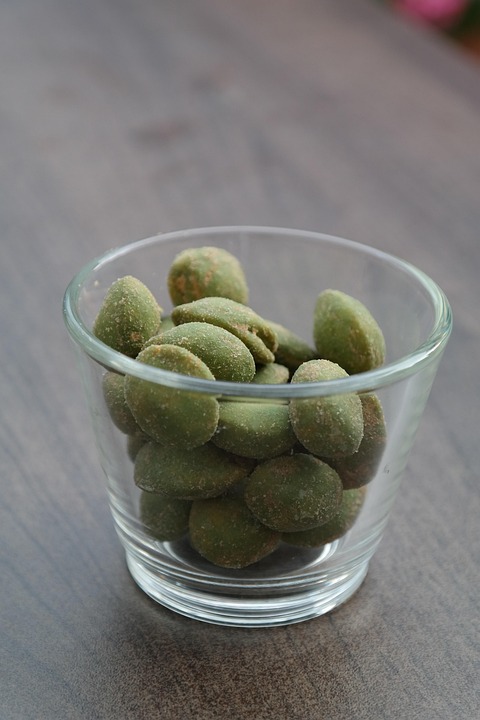Cold Chain Requirements for Fresh Grated and Creamy Horseradish Products
Introduction
Horseradish is a popular condiment known for its pungent flavor and aroma. Fresh grated and creamy horseradish products are sought after by consumers who enjoy adding a kick to their meals. However, maintaining the quality and freshness of these products requires strict adherence to cold chain requirements throughout the supply chain.
Importance of Cold Chain Management
Cold chain management is crucial for preserving the quality, taste, and safety of fresh grated and creamy horseradish products. These products are highly perishable and can quickly deteriorate if not stored and transported at the right temperature. Cold chain management helps extend the shelf life of horseradish products and ensures that they reach consumers in optimal condition.
Temperature Control
One of the key cold chain requirements for fresh grated and creamy horseradish products is temperature control. These products should be stored and transported at temperatures between 32°F and 38°F (0°C and 3°C) to prevent microbial growth and maintain freshness. It is essential to monitor and record temperatures regularly to ensure compliance with food safety regulations.
Storage and Handling
Proper storage and handling practices are essential for maintaining the quality of fresh grated and creamy horseradish products. These products should be stored in refrigerated facilities with adequate ventilation to prevent moisture buildup. Additionally, they should be handled with care to avoid damage to packaging and contamination.
Transportation
Transporting fresh grated and creamy horseradish products requires specialized vehicles equipped with refrigeration units. These vehicles should be maintained regularly to ensure that the temperature remains within the required range during transit. It is also important to minimize temperature fluctuations by loading and unloading products quickly and efficiently.
Packaging
Packaging plays a crucial role in preserving the quality of fresh grated and creamy horseradish products. The packaging should be designed to withstand cold temperatures and protect the products from physical damage. Additionally, packaging materials should be food-safe and compliant with regulatory standards to ensure product safety.
Industry Insights
The horseradish industry is experiencing steady growth, driven by increasing consumer demand for unique and flavorful condiments. Companies such as Silver Spring Foods and Beaverton Foods are leading players in the horseradish market, offering a wide range of fresh grated and creamy horseradish products to meet consumer preferences.
Financial Data
According to industry reports, the global horseradish market is expected to reach a value of over $1 billion by 2025, with a compound annual growth rate of 4.5%. This growth can be attributed to the rising popularity of horseradish products in both domestic and international markets.
Conclusion
In conclusion, cold chain requirements are essential for maintaining the quality and freshness of fresh grated and creamy horseradish products. By following temperature control, storage and handling, transportation, and packaging guidelines, companies can ensure that these products reach consumers in optimal condition. As the horseradish market continues to grow, it is crucial for companies to prioritize cold chain management to meet consumer expectations and regulatory standards.




